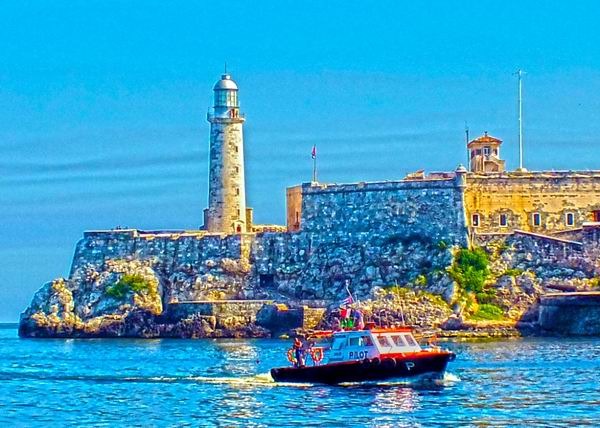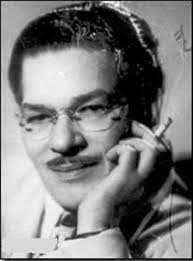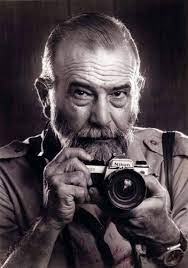
Havana ephemeris. 25 of May.
1976. Félix B. Caignet dies in Havana.

He was the introducer on Cuban radio of the police novel genres, children's adventures and the melodramatic novel.
He forged a style of precise profiles that transcended national borders. He even sometimes played some of the characters he created and even used to sing. In 1934 he created in Santiago de Cuba a character that became very popular, the Chinese detective Chan Li Po, to whom he attributed a lapidary phrase: "Patience, a lot of patience." He later moved that character to Havana and by 1936 it was a radio success. The adventures with the Chinese investigator were in the air for several years. He later made other installments for the radio, among them, “El Derecho de Nacer”, which established an audience record starting in 1948. This work served for the filming of movies and the making of television programs on this subject.
Caignet is recognized as a master of the serial episode, climax and suspense.
He was a creator in the great effort to provoke the irruption of feelings in the radio listener. Precisely he stated: "What I did was take advantage of the popular emotion to sow some morality, some good: in Chan Li Po, I fought against marijuana; in Street Angels I protested for helpless childhood, and in The Right to Be Born , against racial discrimination. In other words, I wrote things that the Revolution would later carry forward."
His birth took place on a coffee farm in the municipality of San Luis, in the then province of Oriente, on March 31, 1892.
2001. Alberto Díaz Gutiérrez, known by the artistic name of Alberto Korda, dies in Paris, France.

His birth occurred in Havana on September 14, 1928.
In 1956 he was initially and essentially devoted to commercial and advertising photography. Cosmopolitan and bohemian aspirations served as the best stimulus to reflect his sensitivity and emotionality in the world of advertising. The triumph of the Cuban Revolution in 1959 transformed his life. From that year on, he worked as a photographer for the newspaper Revolución and then he was immersed in the vortex of many of the most transcendental events.
He had the opportunity to accompany Fidel Castro on his trip to the United States, Canada and South America in 1959 and later lived unique experiences in Cuba in military mobilizations, in cane cutting and other events. It is claimed that he was a chronicler with crystal clear image language, moving in its very nature. He is considered one of the architects of that jewel that is currently the photography of the revolutionary period. In relation to the best-known photograph captured by Korda, that of Commander Ernesto Che Guevara, it is reflected in a large mural on the facade of the building of the current Ministry of the Interior in the Plaza de la Revolución “José Martí”. From that moment on, said photo took on a national and international connotation of singular proportions and became a true symbol.